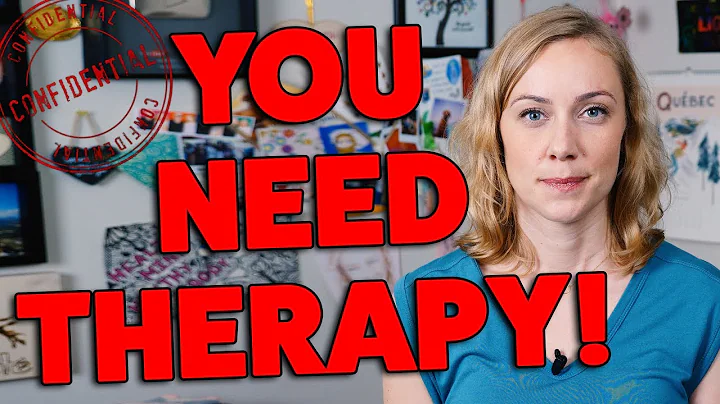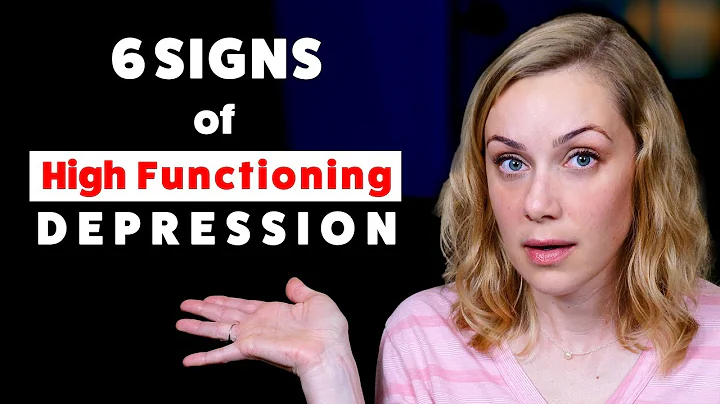Dream is a vast unknown world that can be friendly, terrible, or just pure weirdness. Maybe you are a crazy and vivid dream every night. Dreams can be pleasant, can be taken to a party, or on an exciting trip. It is also possible to have nightmares, dreaming of being chased by a criminal, or returning to high school and taking the final exam without studying. Sometimes dreams bring bittersweet sadness, and when a loved one passes through it, it brings comfort and desire.

Different cultures in the world have different understandings of dreams.
Dreams are a series of images, thoughts, emotions and feelings that occur unconsciously during certain stages of sleep. You want to achieve your goals in your lifetime, or daydream during the day.
Dreams do not have to be based on reality. Anyone with a dream knows that in dreams you can walk through scenery you have never been to, spend time with friends you haven't seen in 20 years, and fly over your hometown, all of this happens in a dream. Throughout history, dreams have always been a research topic in science, religion and philosophy, but people still do not fully understand them. Most dreams occur during the rapid eye movement phase of sleep, also known as the rapid eye movement cycle. The brain activity is very active during the REM cycle, just like when you are awake, which is why the stories made up by the brain look and feel real. While we sometimes know we are dreaming, the dreams feel very real when they happen, sometimes even after we wake up. Dreams can occur during sleep cycles rather than rapid eye movements, but when they occur, they tend to be less vivid and memorable.
The length of dreams ranges from a few seconds to 20-30 minutes, although time in the dream world can feel distorted. If you happen to be awakened during the REM phase, then you are more likely to remember that dream after you wake up. In one study, it was found that on average each person had 3 to 5 dreams per night, while some people could have 7 dreams, and dreams that require emotional memory processing occurred in REM sleep, while dreams related to waking life experiences were usually associated with brain waves. Freud is an Austrian neurologist who founded Psychoanalysis . Like many other elements of psychology, Freud is known for his study of dreams.

In the explanation of dreams, Freud wrote a lot of articles about dream theory. Freud believes that dreams are the deepest, sometimes the darkest, and sometimes the darkest desires. He associates dreams with suppressed childhood persistence and memories. It is believed that the main function of dreams is to release sexual tension, and the explanation of his dreams is often sexually meaningful.
Freud believes that the actual meaning of dreams is so unpleasant or taboo to the dreamer that the brain disguises them with less threatening images or symbols. The explicit or literal content of dreams can be analyzed to find their potential or hidden meanings. He believes that in dreams, one’s thoughts, memories and feelings are transformed into objects and symbols that can explain these objects and symbols to discover what the dream means to that person.
From a psychological perspective, Freud's dream theory is psychoanalysis, science, or psychodynamics. Behavioral , Cognition and Neuroscience. Each direction believes that dreams have different purposes, although some theories overlap.

Humanistic 's psychological method asserts that humans have been working hard to improve themselves and realize their full potential. Dreams are interpreted as about the self, the person who dreams, and how that person deals with external environments and stimuli. The purpose of dreams is to regain a feeling in the human mind, and the purpose of dreams restores a sense of balance to the mind.
behavioral method treats dreams as the result of environmental stimuli experienced by the dreamer. Because behaviorists do not believe in psychological processes that cannot be observed directly, they do not focus on the memories or desires represented by dreams.
cognitive method focuses on the internal psychological processes that occur during dreaming. Cognitive theory explores how individuals understand, think, and understand the world around them.The cognitive method of dreaming believes that the purpose of dreaming is to process information received throughout the day, and dreaming is a way of memory, learning and survival. Like behavioral methods, the cognitive approach to dreaming does not consider dreams to represent suppressed memories or desires.
Neuroscience approach focuses on biology or the brain itself. The brain is filled with neurons that trigger to process information. The neuroscientific approach to dreaming believes that sleep triggers and releases memories stored in the brain. Dreams are not unconscious desires, but more random memories activated by electrical impulses.
How people view dreams today. Many people currently believe that dreams are related to the subconscious and represent buried wishes and memories. Think dreams can help us solve problems and consolidate our memory. People today realize that dreams can simply occur as a result of random brain activity,
lucid dream is the dreamer being able to control the events in his own dreams. Outside lucid dreams, the symbols and narratives of dreams are usually not controlled by the dreamer. How dreams become a source of creativity or inspiration may change the life of the dreamer after waking up.











